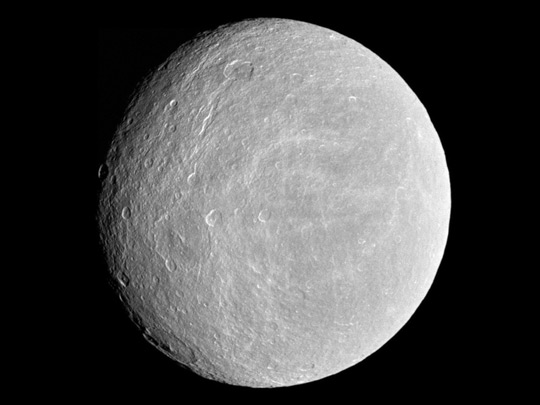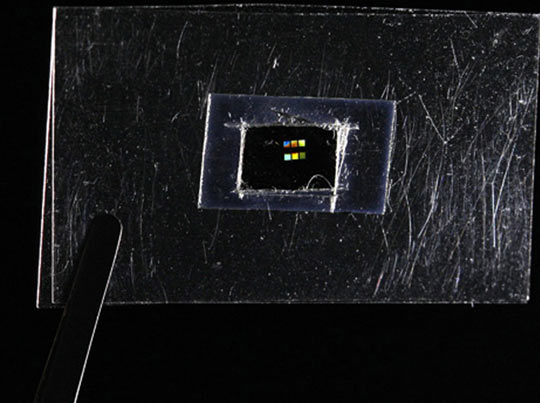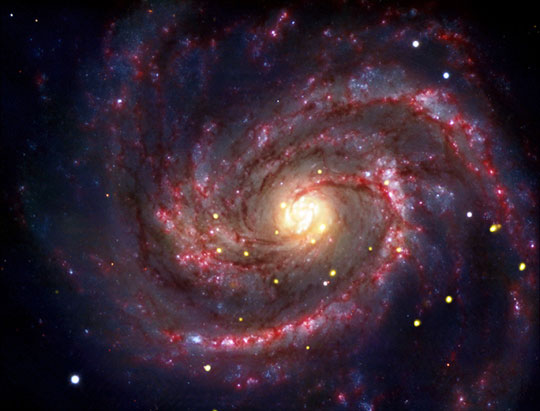From the image of the Moon being 'shrunken', to discover new black holes, surprisingly effective anti-HIV genes . Look back at the most exciting findings in the field of science this year.
'The moon is increasingly shrinking'

That is the conclusion of the scientific community through the latest sharp images of the US Aerospace Agency (NASA). According to them, the reason why the Earth's only natural satellite shows signs of shrinking is because its heart is getting cold. The image was published in mid-August in Science magazine, showing that on the surface of Ms. Hang appeared many wrinkles that were not previously available. According to researchers' calculations, the Moon's circumference has recently shrunk to about 100 meters. Super-sharp images made by narrow-angle glasses on the LRO exploration satellite are upsetting previous notions about the Moon.
Metaflex - metamaterials create invisibility cloaks

A team of scientists from Scotland's Andrews University has successfully fabricated materials to create fabrics that divert light, proceeding to produce invisibility cloaks. This special material, called Metaflex, interacts with light at a wavelength of about 620 nanometers. Metaflex makes a breakthrough compared to materials with similar features previously created because it can be used on flexible, flexible shapes. This property makes Metaflex can be used to create invisibility cloaks by stacking multiple layers of this material on top of each other.
Black hole baby in Milky Way

American astronomers in November said they had discovered a black hole capable of swallowing the material they called " baby black holes" in the Milky Way. They believed that this black hole was formed from an explosion that killed the fate of a star in 1979. The tremendous power of this explosion was large enough to form a black hole from the very destruction of the star. . Scientists have observed that gaseous matter arising from a star exploded is being sucked into a black hole-like point.
The oldest "resident" in the universe

It is the Galaxy named UDFy-38135539. Astronomers in October announced the discovery of the oldest object in the universe: it is a distant galaxy far away from the Solar System by 13.1 billion years. This means that its light takes nearly as long as the age of the universe to reach the earth. When this light began a long journey, the universe was only 600 million years old, or 4% of the current age (Light moved at a speed of about 300,000 km / sec, or about 10 trillion km / year).
Collisions between proton beams in LHC reach record energy levels

In the tunnel near Geneva, the European Nuclear Research Organization has put the impact molecules inside a $ 10 billion accelerator, known as the LHC large particle accelerator, to learn more. about plasma formed the universe after the Big Bang 13.7 billion years ago. In late March, two proton beams collided with a record high energy level in the LHC. By November, by using the world's largest nuclear accelerator, scientists have created a small Big Bang with temperatures " millions of times more hot" than the temperature at the center of the sun. Scientists believe that a small matter ball exploded and quickly formed a melting " soup " and then reconstructed itself into the universe as it is today.
Genes that protect women effectively against HIV virus

Scientists confirmed on July 20 that a gene can effectively protect women from the possibility of HIV infection from infected partners. According to a study conducted by the South African AIDS Research Program, the microbicidal gel containing antiviral agents is effective against HIV and can reduce the risk of infection by 39% if women use it. This gene is before or within 12 hours after having sex.
Night light increases the risk of obesity

People who live in cities with lots of light at night are more likely to be obese than people living in rural areas - a study by Ohio University (USA) confirmed in October. Scientists believe that places with lots of light in the evening will make people in this area tend to stay awake later and snack before going to bed. This habit causes excess calories in the body to lead to obesity.
Unusual galaxy

Through the NASA telescope, American astronomers have discovered an unusual Milky Way, exploring new details of the ' sand strip ' that connects the two Milky Way in the sky. This Milky Way has an extraordinary ratio of infrared light, making it stand out like a beacon in the universe.
 'Fine laughs' - Scary and painful torture in ancient times
'Fine laughs' - Scary and painful torture in ancient times The sequence of numbers 142857 of the Egyptian pyramids is known as the strangest number in the world - Why?
The sequence of numbers 142857 of the Egyptian pyramids is known as the strangest number in the world - Why? History of the iron
History of the iron What is alum?
What is alum? 9 billion light years away, 'space hole' facing Earthlings
9 billion light years away, 'space hole' facing Earthlings  Simulating Einstein's formula, scientists prove that light can create matter
Simulating Einstein's formula, scientists prove that light can create matter  How do animals see the world?
How do animals see the world?  How do real life invisibility cloaks work?
How do real life invisibility cloaks work?  Double quasars travel through 10 billion years to Earth, about to merge into a monster
Double quasars travel through 10 billion years to Earth, about to merge into a monster  What happens after humans travel faster than the speed of light?
What happens after humans travel faster than the speed of light? 